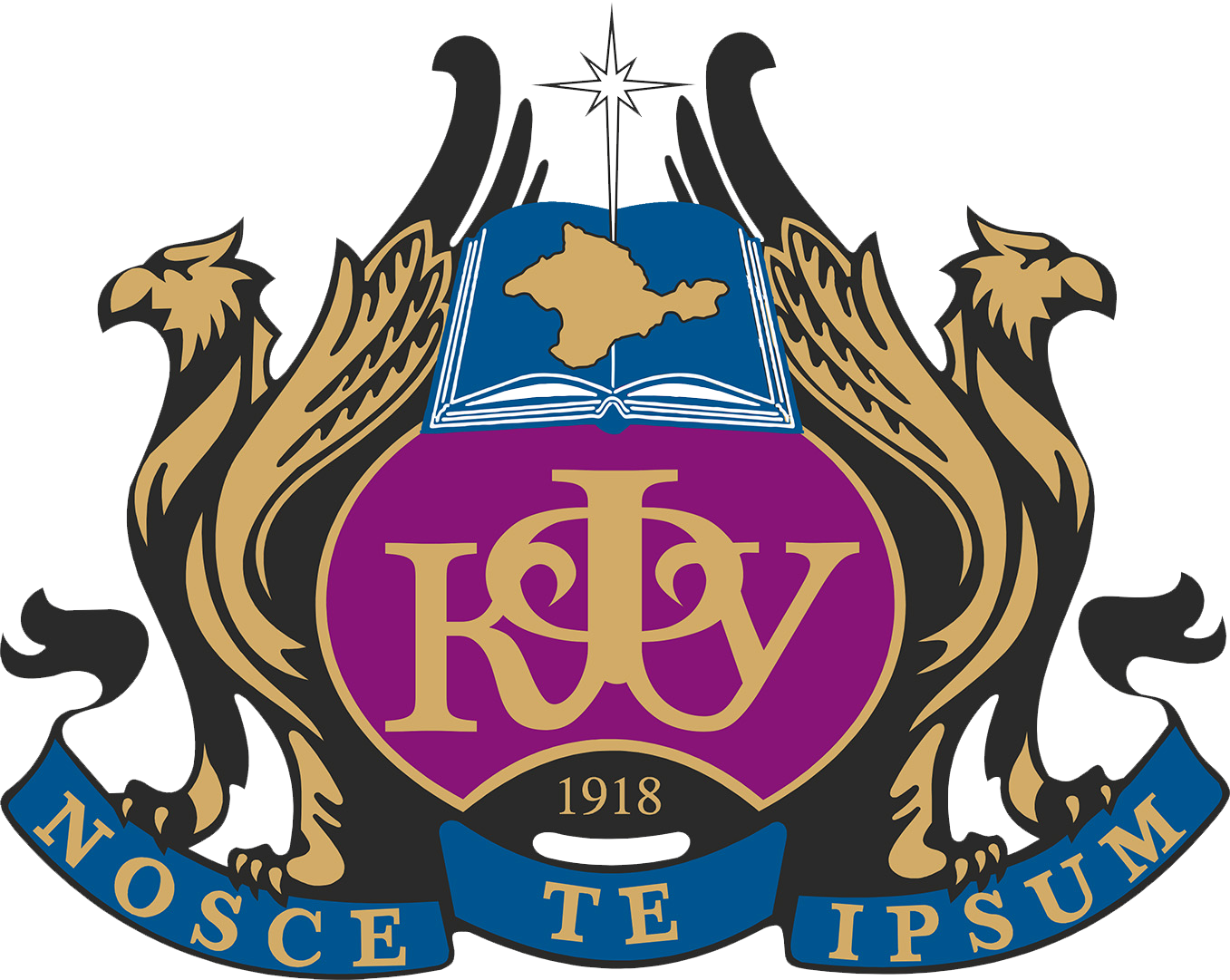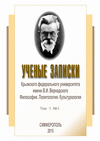The Great Mother archetype proposed and studied by K.G. Jung embodies the creative, life-giving natural force, the life-giving feminine principle. The work describes the manifestations of the Great Mother archetype among persons serving a sentence of imprisonment and involved in the prison subculture. The connection of the Great Mother archetype with the phenomenon of prisonization is shown, the phenomenon of enantiodromia of the Great Mother archetype is described, consisting in its transformation into the «Death» archetype in the conditions of the penitentiary space. Examples of autodestructive behavior of prisoners associated with the Great Mother archetype are given, its implementation in the prison initiation ritual is described. The scope of application of the research results: in the practice of the penal system. In conclusion, a conclusion is made about the high significance of the Great Mother archetype for the prison subculture. The relevance of the work lies in the fact that the described archetype is realized in various cultural manifestations inherent in the community of prisoners: prison prohibitions, tattoos, customs, rituals. It is shown that changesin the psyche inherent in prisoners lead to the awakening of hidden chthonic forces in the subconscious, realized according to the uniform laws of cultural homoplasy, the same for both primitive tribes and modern communities of adherents of the prison subculture.
prison subculture, Great Mother archetype, Death archetype, enantiodromia, prisonization, penitentiary system.
1. Yung K. G. Arhetip i simvol. Ob arhetipah kollektivnogo bessoznatel'nogo. M.: Renessans, 1991.
2. Pis'mennyy E.V. Smyslovye urovni mifologemy materi v kontekste tyuremno-vorovskoy subkul'tury//Chelyabinskiy gumanitariy. 2010. № 3 (12). S. 117-121.
3. Pis'mennyy E.V. Sociokul'turnaya suschnost' i dinamika mifologii tyuremno-vorovskoy subkul'tury. Avtoreferat diss. kand. kul'turologii. Chelyabinsk, 2012.
4. Belyaev I. A., Belyaeva N.A. Kul'tura, subkul'tura, kontrkul'tura // Duhovnost' i gosudarstvennost'/Red. Belyaev I.A. Orenburg: Filial UrAGS v g. Orenburge, 2002.
5. Bannikov K. L. Antropologiya ekstremal'nyh grupp. Dominantnye otnosheniya voennosluzhaschih srochnoy sluzhby Rossiyskoy Armii. M.: Institut etnologii i antropologii RAN, 2002.
6. Antonyan Yu.M. Arhetip i prestupnost'. M.: Veche, 2009.
7. Ponomarev S.B. Analiz triady «arhetip-totem-tabu» v penitenciarnoy sub-kul'ture. Izhevsk: Izd-vo IzhGTU im. M.T.Kalashnikova, 2021.
8. Ponomarev S.B. Rol' fenomena penitenciarnogo distressa v evolyucii sistemy ugolovnogo nakazaniya// Nauchnye trudy FKU NII FSIN Rossii. Vypusk 3. M.: FKU NII FSIN Rossii, FKU NIIIT FSIN
9. Gromov V.G. Rossiyskaya kriminal'naya subkul'tura: filosofskiy aspekt// Teologiya. Filosofiya. Pravo. 2017. №2 . S. 44-57.
10. Gilinskiy Ya. I. Prizonizaciya po-rossiyski // Otechestvennye zapiski. 2003. №2. S. 434-441.
11. Eliade M. Izbrannye sochineniya. Obrazy i simvoly. M.: NIC «Ladomir», 2000.
12. Freyd Z. Po tu storonu principa udovol'stviya // Psihologiya bessoznatel'no-go/ Perevod s nem. A. M. Bokovikova. M.: «Firma STD», 2006. S. 234-256.
13. Baldaev D. S. Tatuirovki zaklyuchennyh. SPb.: Limbus Press, 2001.
14. Plucer-Sarno A. Russkie vorovskie tatu: ot teksta k simvolu// NLO. 2004. № 4. S.10-15.
15. Mokrecov A.I., Novikov V.V. Lichnost' osuzhdennogo: social'naya i psihologicheskaya rabota s razlichnymi kategoriyami lic, otbyvayuschih nakazanie. M.: NII FSIN Rossii, 2006.
16. Inyushina I.A. Filosofskaya tanatologiya M.K. Mamardashvili: smert' kak ontologicheskoe osnovanie soznaniya // Aktual'nye voprosy obschestvennyh nauk: sociologiya, politologiya, filosofiya,istoriya.
17. Bryanchaninov I. Slovo o smerti. M.: Izdatel'stvo Strel'bickogo, 2022.
18. Eliade M. Taynye soyuzy: Obryady iniciacii i posvyascheniya. Kiev: Sofiya; M.: Gelios, 2002.
19. Malinovskiy B. Magiya, nauka, religiya. M.: Refl-buk, 1998.
20. Pirozhkov V. F. Kriminal'naya psihologiya. M.: Os'-89, 2001.





